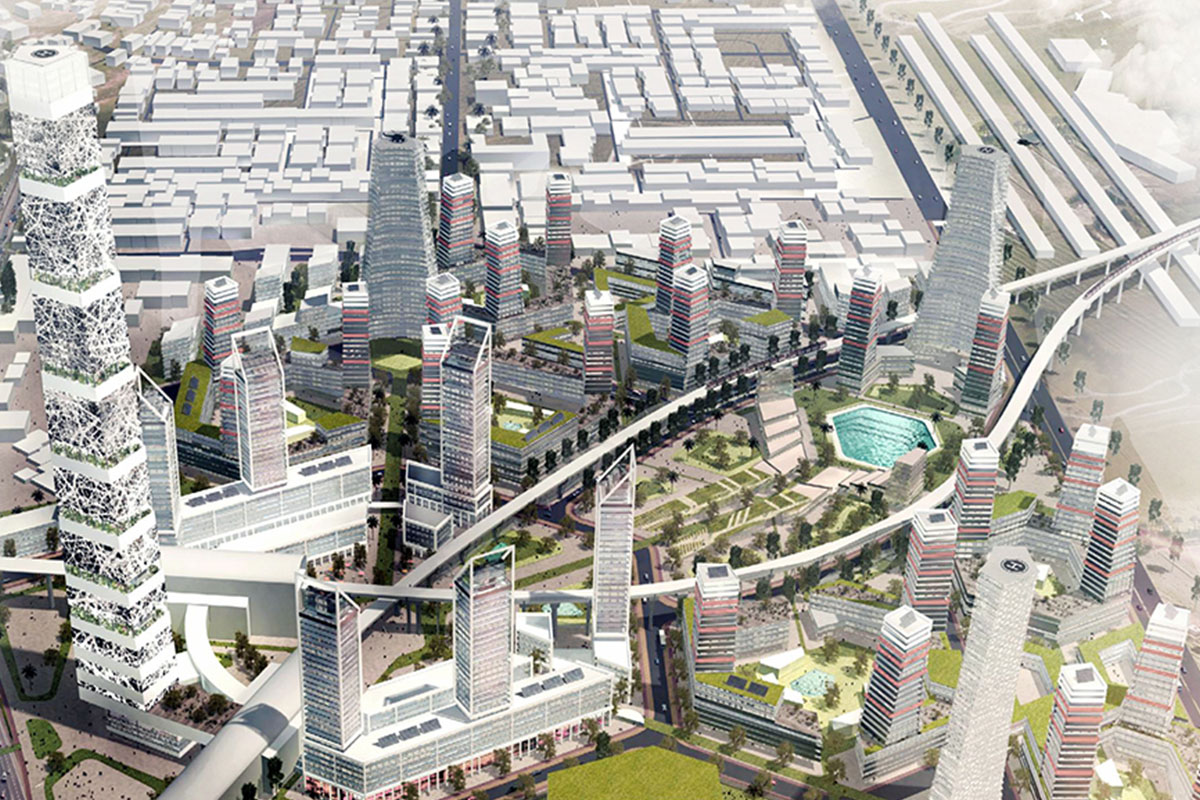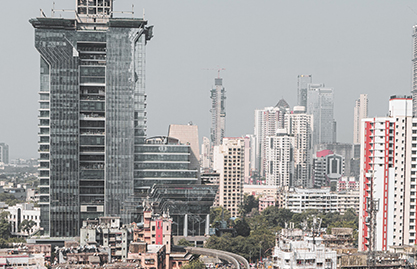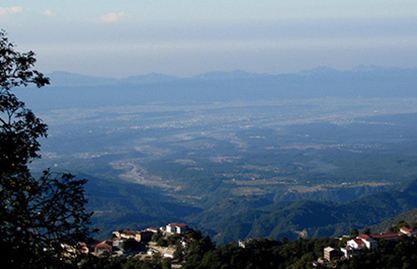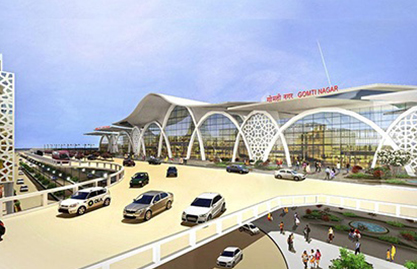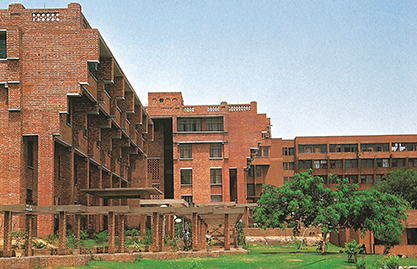Raisina Dialogues - Creating Liveable Cities (Part II)
Our planet, as we know it, is deteriorating in terms of its health in terms of its health. While we have started taking strides towards a healthier planet, it is equally essential to consider other intangible aspects when it comes to the social and mental well-being of its inhabitants.
The previous blog in this series presented the first in the two-part blog series that takes the readers through a conversation held between former Colombian President Iván Duque Márquez and Dikshu C. Kukreja, Architect, Urbanist and Managing Principal of C.P. Kukreja Architects, New Delhi, on creating Liveable Cities. The discussion was part of the recent edition of Raisina dialogues held annually by the Observer Research Foundation (ORF) and the Ministry of External Affairs, Government of India (MEA), to bring attention to critical issues affecting the global community. It explored the concepts of BiodiverCities, Orange Economy, and how cities can combat climate change. This second and final part sees the two expanding on the benefits of Orange Economy, the need for the social well-being of the inhabitants and how a higher happiness index can give us better cities.
Ivan Duque Marquez (ID):
I want to talk about an issue you also analysed when you visited Colombia. How can we unite the concepts of BiodiverCities, livable cities, with the orange economy that supports the idea of creativity? Here we can pass from patrimony to functional creations and finally to the media and arts. And with that said, we see that this sector of the economy is not only one of the cleanest sectors in the overall GDP platform, but it's also one that adds value and creates intellectual capital. So what is your take on the importance of the orange economy in the development of cities?
Dikshu Kukreja (DK):
I think you're absolutely right. While nature and the aspects of sustainability and coexistence with nature and cities are very important, if we want to make our cities livable, we need to look at the aspects you touched upon in the orange economy. Cities are fascinated with the idea of building infrastructure, which is often confined to physical infrastructure. But what we also need to create is a social infrastructure. We also need to ensure that our cities are moving towards social justice. The divide that runs deep in many cities across the globe is a cause of concern. Many cities make the citizens feel left out due to governance because many policies that affect citizens are driven by people sitting in ivory towers. Is there a level of public participation? Is there a level of people's concerns being addressed? These aspects are equally important if we want to make that city livable. So these, along with the aspects of coexisting with nature, are all equally important if we want our cities to be truly livable, instead of wanting to adapt or make the citizens adapt to an environment, which is not something where they belong, but they are being forced to do so. I think the other thing I would love to have your views on is where we go from here. What are the steps that we need to take? What do you think about that?
ID:
I would like to combine both elements that we have discussed in the case of BiodiverCities. We have to accelerate the energy transition and rely more of our electricity demand on non-conventional renewable sources, primarily solar and wind, which also allow us to make a strong transition that does not accelerate the economy. So while having our traditional energy, we need to start moving from that to more renewable energy. But we have to guarantee, in a certain period, that our electricity matrix for generation is as clean as possible. In the case of Columbia, we have one of the greenest energy matrices in the world, where more than 70% of our electricity comes from water sources. We're getting close to 20% with non-conventional renewables. That is a must when we talk about biodiversity. But we also have to think about how we protect the people. That is where clean mobility plays a role, given centres for Bicycle Transportation are trying to decentralise, but with positive gentrification, where you guarantee that you're creating urban elements that connect people from the residential areas to where they work. So we reduce the timing of our commute.
DK:
You're right. But beyond these aspects, we should also look at GDP and cryptocurrency. We are so fascinated by the GDPs of nations that have cities and megacities. But why don't we look at their citizens and their happiness index? GDP is only one aspect of livability in a city. How satisfied are those citizens living there?
ID:
It's important to consider this and identify the type of cities in the world. There are cities where people are very happy, but citizens are very poor. Some cities have been improving a lot, but they need to guarantee the exercise of development rights for the poorest of the poor.
However, as you said, we must think differently than per capita income. That's why the human development index has been so important. But we must also consider the happiness index. This work has been developed broadly with much debate at Harvard University. When we want to test happiness, that happiness is also connected to five things we need to have in cities. One thing is our neighbourhoods; they need to be green, creative, with sports infrastructure. They need to have security because it is a democratic value. But it's also a public asset. We must also connect talent, technology and tolerance for all sectors and minorities. Moreover, we need to make cities friendly for SMEs, startups and the development of other forms of entrepreneurship.
So I agree with you that those are triggers of happiness; they represent the cornerstone of the transformations that we require in this century, especially in this decade, to guarantee that we achieve the results that we want to achieve regarding the Sustainable Development Goals. But, Dikshu, you're an architect, you've also analysed how cities are being designed, and you come from a country that is the world's biggest democracy in terms of population, so many things take longer to be achieved. But what has to happen in India, in order to have better urban designs in favour of having more happy, friendly and biodiverse cities?
DK:
So, it's a subject we could talk about at length. But this is just the beginning. There's a lot that we need to look at in how to make our cities livable. But to answer your question, In India, we should look back at our roots and what made our settlements. We should move forward from the concept of cities and see how our settlements have been successful over centuries. If we search for the answers in our roots, there are many lessons we can learn from there. So the concepts of diversity, culture, coexistence, context and climate have been used to create sustainable settlements.
Why did we lose that concept? How do we bring that back? There are many thoughts on that, which one needs to explore today. But that's time for another conversation.
It's been a pleasure to talk to you about livable cities. And as long as we keep this conversation going and this concept is alive, there is hope. As Raisina 2023 has been about, there is a tempest brewing, beating down on the doors of our cities, and the lighthouse has to emerge to find the right solutions to make our cities the epitome of civilisation once again. So thank you very much. And we'll continue these conversations in future.
DK:
Thank you so much, Dikshu. I agree that we have to connect both concepts, having orange cities in favour of culture and creativity and having BiodiverCities that accomplish the responsibility of having a net zero but also a nature-positive world. Thank you so much.


